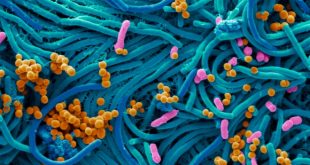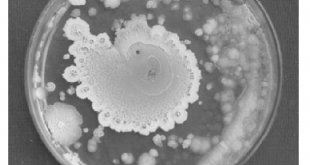Viruses are the smallest microbes on the planet. They are said to be so small that 500 million rhinoviruses (the causative agents of the common cold) could fit on the head of a pin. They are distinct in that they are only alive and capable of multiplying within the cells …
Read More »Introduction: Microbiology, Microorganism and Contribution
Microbiology (Greek word; micros “small” and bios “life”) is one of the most important branches of science which has been contributing to so many sectors like medical, soil, food, etc. Microbiology is a part of scientific study that deals with small organisms which can’t be seen by the naked eye …
Read More »Microbiology: Notable Pioneers and Their Contributions
Microbiology is an eminent subfield of biology. This sub-sector is concerned with organisms (that can only be seen through a microscope and cannot be seen with the naked eye), specifically microorganisms, their characteristics, functions, classifications, and methods to exploit and control their activities for human benefit. Microbiology began to flourish …
Read More »Microbiology: An Introduction to Its Range of Scopes
Microbiology is a study that studies a biologically varied group of usually small life forms, primarily bacteria and viruses. More than simply bacterial species were included in the diversity of microorganisms by the end of the classical Golden Age of microbiology. Other fields, in addition to bacteriology and virology, were …
Read More »Archaea: Definition, Characteristics, Classification and Importance
Archaea are single celled organisms without a nucleus and with distinct structural, physiological and evolutionary characteristics. They inhabit a huge variety of habitats, including extreme environments. Archaea form one of the three domains of life; the others are bacteria and eukaryotes. The archaea are clearly recognizable as a unique and …
Read More »Classification of Bacteria
We all agree that classification and taxonomy of organisms are desirable and necessary in cases of biological work. But, there is much disagreement as to the best method of classifying and naming living things. The zoologists and the botanists have arranged matters in their fields fairly satisfactorily, largely on the …
Read More »Bacterial Habitats & Importance
Bacteria (singular: bacterium) are microscopic unicellular organisms that thrive in a variety of environments. These organisms can live in the soil, in the ocean and in the human gut. This organisms are available almost everywhere on our earth and are important to the planet’s ecosystems. Some species can live under …
Read More »Bacterial Structure
Bacteria (singular: bacterium) are classified as prokaryotes. They are single-celled life/body with a simple core-less internal structure and contain DNA that swims freely in a twisted, thread-like matter called a nucleoid, or in circular parts called plasmids. Bacteria are single-celled microscopic life/organisms that grow in different environments, and these organisms can live in …
Read More »Preservation of Cultures
The primary aim of culture preservation is to maintain the organism alive, uncontaminated, and without variation or mutation, that is, to preserve the culture in a condition that is as close as possible to the original isolate. Once a microorganism has been isolated and grown in pure culture, it becomes …
Read More »Bacteria: Flagella
Flagella Most prokaryotes are motile by swimming, and this function is typically due to a structure called the flagellum. The plural form of this word is flagella which means whip. Bacterial flagellum is a threadlike locomotor appendages extending outgrowth from the plasma membrane and cell wall. Bacterial flagella are thin, …
Read More » Plantlet The Blogging Platform of Department of Botany, University of Dhaka
Plantlet The Blogging Platform of Department of Botany, University of Dhaka








